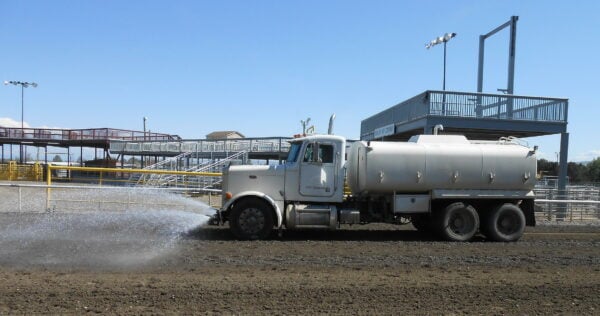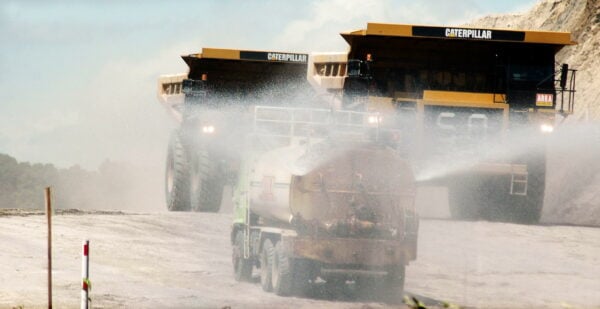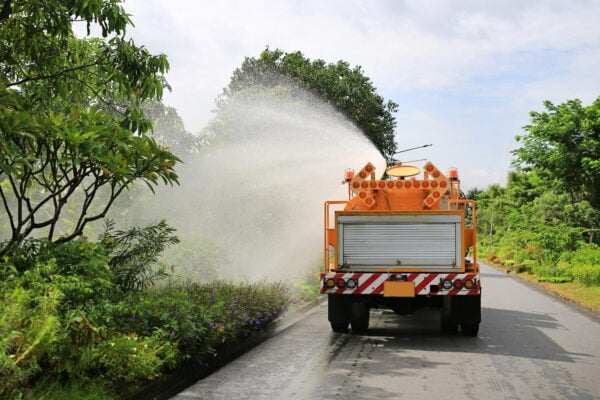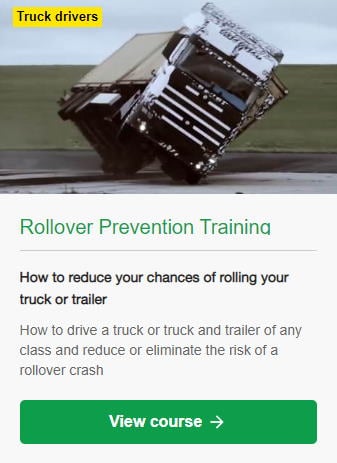Water trucks (also called water tankers, water carts and water tanker lorries) are small to medium-sized rigid trucks with a water tank and pumping equipment on the back. They are used for four main tasks:
- Carrying water for fire prevention or crowd control
- Carrying drinking water to supply to rural properties
- Carrying water to use in construction and civil engineering projects for dust suppression
- Carrying water for irrigation
They come with various attachments to dispense the water. This could be a pump with a hose, a cannon for high-pressure water spraying, or a dribble bar (a wide bar across the front or back of the truck that dribbles a curtain of water for dust suppression).



A larger tanker can carry upwards of 20000 litres, while a small tanker would carry 5-10,000 litres.
Ensure you have the right licence (class 2 or 4) for the weight of water truck you are driving.
You can hire a water truck here. When hiring a truck, try to get them to fill the water because it takes ages.
Examples of water truck use
- Transporting water to remote parts of a farm so that irrigation can continue or stock can be watered
- Applying water to dry earth when soil compaction is required – water is metered at the right volume to ensure that the soil is not waterlogged but also not too dry
- At some dirt track racing events (motor racing and horse racing), the track needs to be slightly slick or soft, so a water truck is used to maintain the surface
- In large construction projects and in mining and quarrying, dust can be a major hazard. Water trucks dampen the surface to suppress the dust.
- Fighting fires in rural areas
- Washing the road surface
- Watering plants (using a sprayer)
- Crowd control and dispersal (using a water cannon)
Difficulties driving a water truck
Water trucks can suffer from surging and sloshing which makes them inherently less stable through the corners and makes it more difficult to brake smoothly as the surge changes the centre of gravity and pushes the truck. A fast right-left or left-right series of bends increases the risk of rollover as the water sloshes to one side then back to the other at the same time as the vehicle changes direction.
Some water trucks have baffles in them to slow down the rate of water flow and reduce its effects on lateral stability.
All water truck drivers should do a rollover prevention course. Click on the course information to the left.


